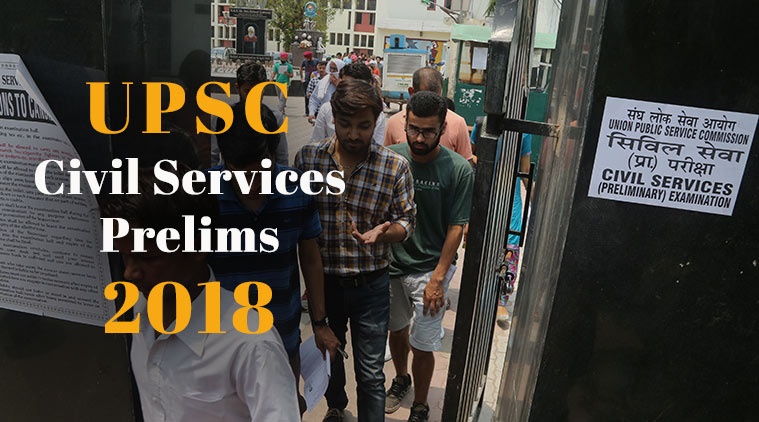
1. Which one of the following best describes the term “Merchant Discount Rate” sometimes seen in news ?
- The incentive given by a bank to a merchant for accepting payments through debit cards pertaining to that bank.
- The amount paid back by banks to their customers when they use debit cards for financial transactions for purchasing goods or services.
- The charge to a merchant by a bank for accepting payments from his customers through the bank’s debit cards.
- The incentive given by the Government, to merchants for promoting digital payments by their customers through Point of Sale (PoS) machines and debit cards.
Answer : (C)
2. With reference to the governance of public sector banking in India, consider the following statements
- Capital infusion into public sector banks by the Government of India has steadily increased in the last decade.
- To put the public sector banks in order, the merger of associate banks with the parent State Bank of India has been affected.
Which of the statements given above is/are correct ?
- 1 only
- 2 only
- Both 1 and 2
- Neither 1 nor 2
Answer : (B)
3. With reference to digital payments, consider the following statements:
- BHIM app allows the user to transfer money to anyone with a UPI-enabled bank account.
- While a chip-pin debit card has four factors of authentication, BHIM app has only two factors of authentication.
Which of the statements given above is/are correct?
- 1 only
- 2 only
- Both 1 and 2
- Neither 1 nor 2
Answer : (A)
4. Consider the following statements:
- Capital Adequacy Ratio (CAR) is the amount that banks have to maintain in the form of their own funds to offset any loss that banks incur if the account-holders fail to repay dues.
- CAR is decided by each individual bank.
Which of the statements given above is/are correct?
- 1 only
- 2 only
- Both 1 and 2
- Neither 1 nor 2
Answer : (A)
5. Consider the following statements:
- The Reserve Bank of India manages and services Government of India Securities but not any State Government Securities.
- Treasury bills are issued by the Government of India and there are no treasury bills issued by the State Governments.
- Treasury bills offer are issued at a discount from the par value.
Which of the statements given above is/are correct?
- 1 and 2 only
- 3 Only
- 2 and 3 only
- 1, 2 and 3
Answer : (C)
6. Which one of the following statements correctly describes the meaning of legal tender money ?
- The money which is tendered in courts of law to defray the fee of legal cases
- The money which a creditor is under compulsion to accept in settlement of his claims
- The bank money in the form of cheques, drafts, bills of exchange, etc.
- The metallic money in circulation in a country
Answer : (B)
7. Consider the following statements
- The Fiscal Responsibility and Budget Management ( FRBM) Review Committee Report has recommended a debt to GDP ratio of 60% for the general (combined) government by 2023, comprising 40% for the Central Government and 20% for the State Governments.
- The Central Government has domestic liabilities of 21% of GDP as compared to that of 49% of GDP of the State Governments.
- As per the Constitution of India, it is mandatory for a State to take the Central Government’s consent for raising any loan if the former owes any outstanding liabilities to the latter.
Which of the statements given above is/are correct?
- 1 only
- 2 and 3 only
- 1 and 3 only
- 1, 2 and 3
Answer : (C)
8. Consider the following items:
- Cereal grains hulled
- Chicken eggs cooked
- Fish processed and canned
- Newspapers containing advertising material
Which of the above items is/are exempted under GST (Goods and Services Tax)?
- 1 only
- 2 and 3 only
- 1, 2 and 4 only
- 1, 2, 3 and 4
Answer : (C)
9. Regarding Money Bill, which of the following statements is not correct?
- A bill shall be deemed to be a Money Bill if it contains only provisions relating to imposition, abolition, remission, alteration or regulation of any tax.
- A Money Bill has provisions for the custody of the Consolidated Fund of India or the Contingency Fund of India.
- A Money Bill is concerned with the appropriation of moneys out of the Contingency Fund of India.
- A Money Bill deals with the regulation of borrowing of money or giving of any guarantee by the Government of India.
Answer : (C)
10. With reference to India’s decision to levy an equalization tax of 6% on online advertisement services offered by non-resident entities, which of the following statements is/are correct?
- It is introduced as a part of the Income Tax Act.
- Non-resident entities that offer advertisement services in India can claim a tax credit in their home country under the “Double Taxation Avoidance Agreements”.
Select the correct answer using the code given below:
- 1 only
- 2 only
- Both 1 and 2
- Neither 1 nor 2
Answer : (D)

0 Comments
Post a Comment